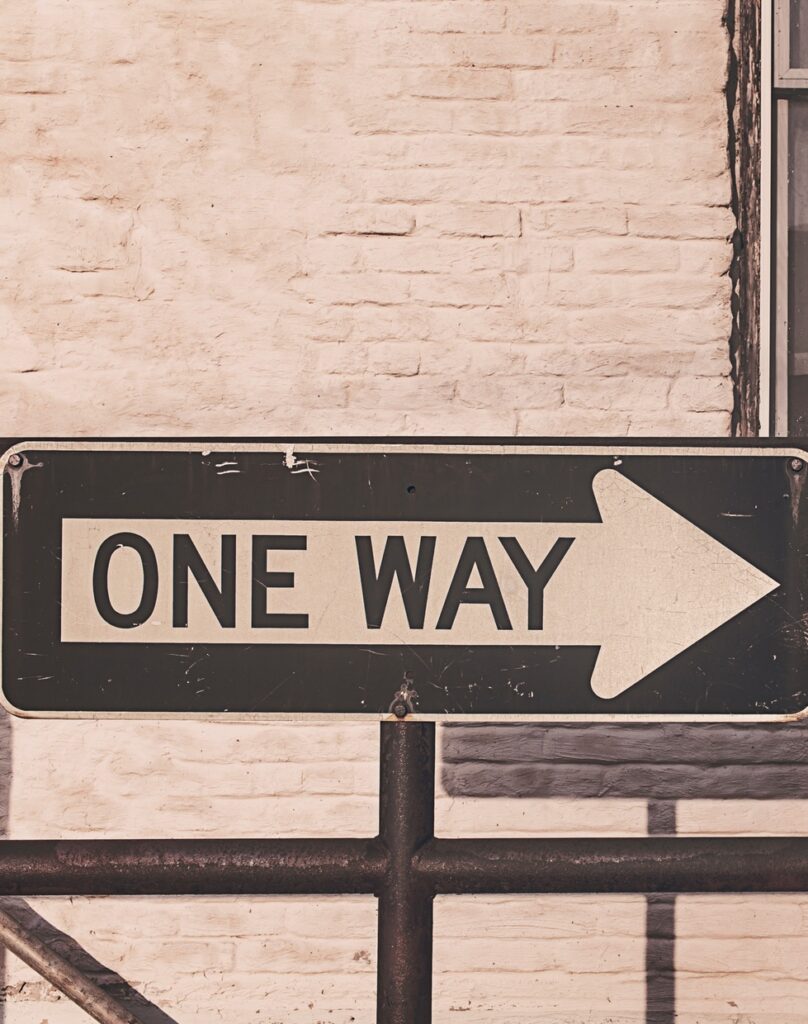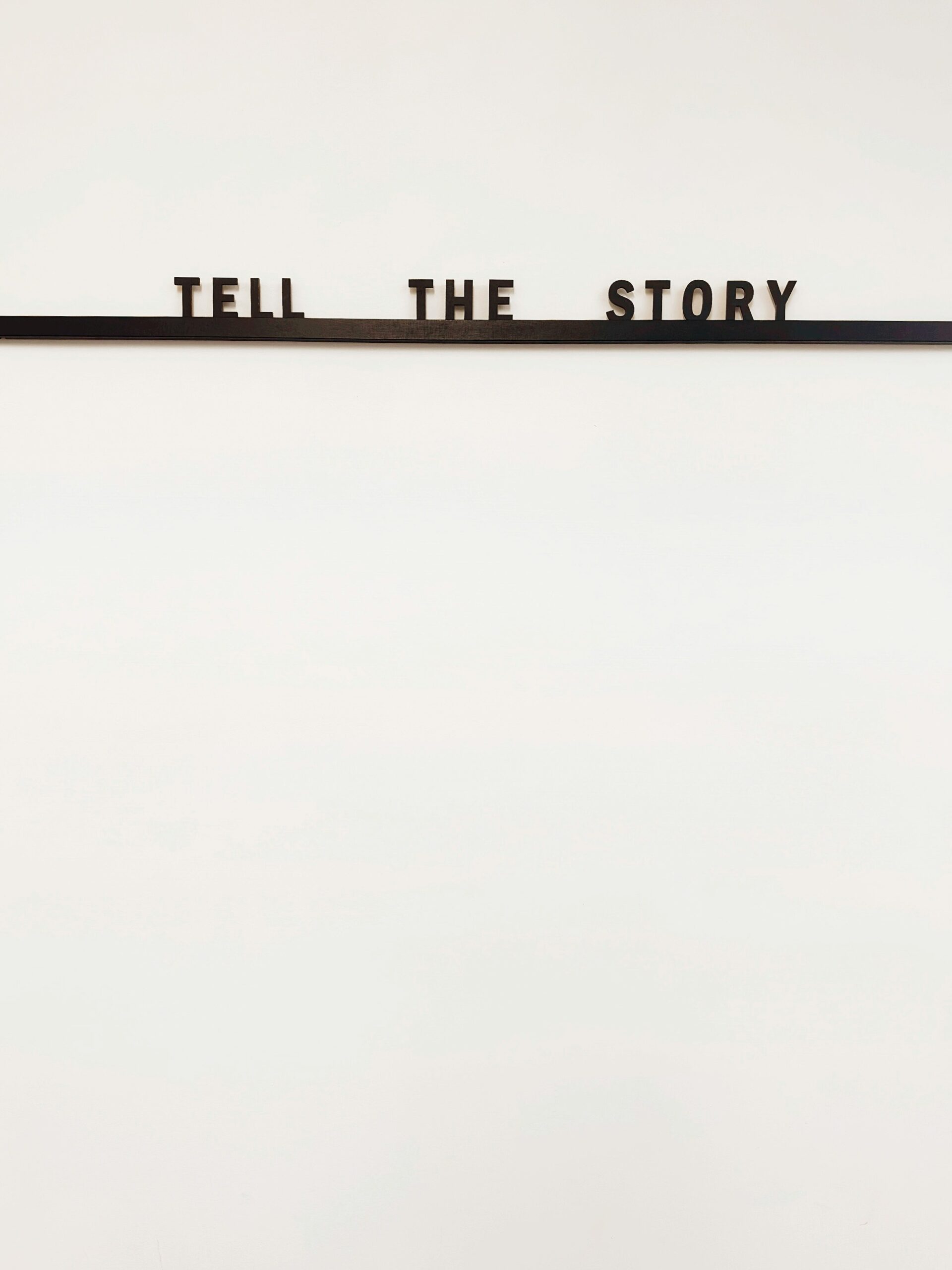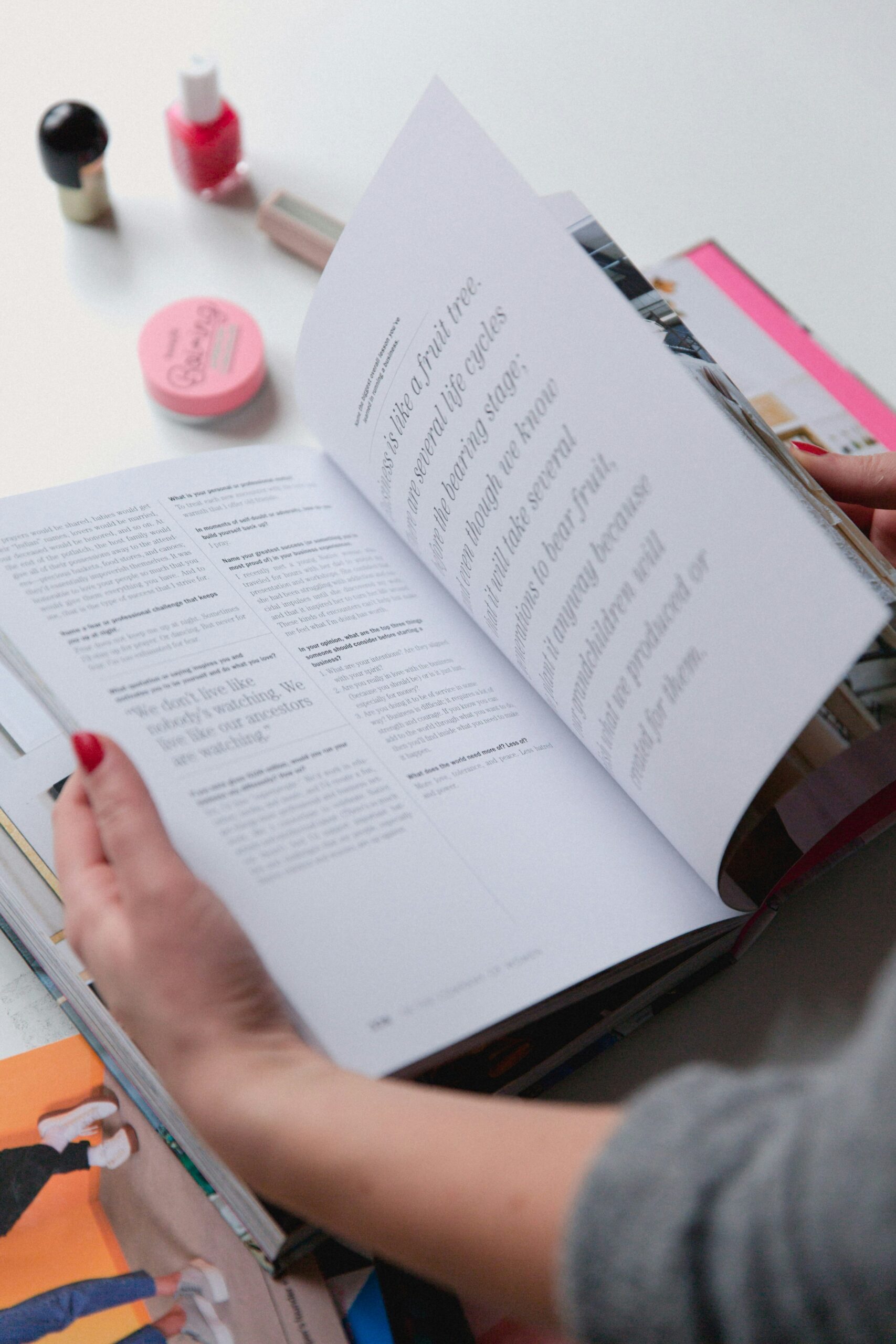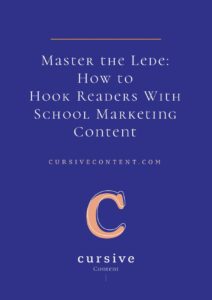Master the Lede: How to Hook Readers With School Marketing Content

I still remember the first day of my first university journalism class. My professor, a stoic newsman who wrote Sherlock Holmes novels in his spare time, began with a warning:
“And to all of the English majors and creative writers in this class: you have your work cut out for you. Journalism is different. There is no fluff. You start with the facts. You begin with the news. You lead with the end.”
Lead with the end? I panicked. As a lifelong creative writer AND English major, I felt doomed to fail at this crazy, fact-based, backward writing. Why would you lead with the ending? Why would you give away the best stuff up front?
I soon learned why — and it changed my writing, and my career, forever.
Why? Because journalism gave me the tools I needed to stand out in this content-crowded online world we live, work and play within.
And one of the most important tools in that toolbox was learning how to hook people. How to engage readers. How to keep them reading.
How to lede people in.
And I believe it’s something ALL school marketers should know.
Lede (or lead) is a journalism term that refers to the introduction of a news story, article, essay or book chapter. This opening paragraph, or paragraphs, is used to engage readers and give them the main idea or takeaway of the article.
In journalism, the lede introduces or answers the questions of who, what, where, when, why and how. (Ever hear the phrase “Don’t bury the lede!”? This is in reference to news articles that fail to offer the most important information up front.)
In essays, ledes summarize the parts of an argument and introduce the conclusion. In feature and magazine articles, ledes are often creative and flexible, a mix between the journalistic and the essay style. They aim to grab reader attention and hook them with a story or premise. (Ahem, like this little article you’re reading right now.)
So ledes can hook readers in various ways, depending on the content they are introducing. But what do ledes look like in school marketing?
School Website Page Ledes
When writing a school website page, stick to the journalistic style. Because reader attention is so fleeting (only 20% of the words on an average web page are actually read!), you want to make it easy for your readers to take away your key message.
Your website page lede should make it clear to the reader that this page is meant for them and will somehow address their questions or concerns on the topic. Think back to those 5 W’s (and the H!). Answer:
- Who is this page for?
- What do they need to know about this topic?
- Why is this important to them?
- Where is this topic (actual location, or within their decision-making process)?
- When do they have to take action by?
- How do they take action?
Not all questions will be relevant to every page lede, but this will give you a good starting point to ensure you’re giving your readers enough information. Then, if this page is relevant to their needs, they will continue to read on for details.
Here’s an example from my good friends at The Quaker School at Horsham:

This introduction answers:
- Who: children with learning differences
- What: we help your child feels like he or she belongs
- Why: once students feel safe and confident, they are better able to learn
- When/Where: lower school (grades K-5)
- How: by building a caring community
School Blog Post Ledes
Blog posts are an interesting animal. Some can be journalistic and simply “report” on a topic, and some can be more like feature magazine stories (again, like this one). So it’s okay to use the type of lede that works best with the story you’re telling.
Here’s my personal take on it:
- Hook with a story when you want to appeal to someone’s emotional side
- Start with the facts when you want to interest someone’s rational side
We dive deeper into this topic in the post: When Should You Use Storytelling in School Communications? So if you haven’t already, I would give that a read!
Here’s an example of a school blog article that mixes the two. In 5 Ways to Get Noticed by College Coaches, Cheshire Academy’s Cody Barbierri begins by putting himself in the reader’s shoes, and then promises the reader what he or she will get by reading the article:

School Email Ledes
Wait, what? Emails need ledes? Aren’t they just broadcasts of information?
Aha, my friends. It may be time to rethink your email communications. Because when it comes to email marketing, it’s just as — if not more — important to hook readers with your content introduction. If you don’t, that broadcast will be sent straight to the trash.
There are a variety of ways to hook a reader in your email content:
- If you have news, use the journalistic lede style. Address the main point of the email upfront, and follow that introduction with details.
- If you are trying to teach something or persuade someone to take action, consider starting with a story. Introduce the topic so that it is relevant to the audience’s needs, and then introduce the lesson or call-to-action. You want to hook their emotions before you tap into their rational side.
For more content writing tips, browse our collection of ebooks, worksheets and tutorials.
MORE ARTICLES
-
 Clarity in 50 Words or Less: How to Write Your School’s One-Sentence Story
Clarity in 50 Words or Less: How to Write Your School’s One-Sentence Story -
 The 4 Building Blocks of a Strong School Story (and Why AI Needs Them)
The 4 Building Blocks of a Strong School Story (and Why AI Needs Them) -
 How to Stop ChatGPT from Making Your School Sound Generic
How to Stop ChatGPT from Making Your School Sound Generic -
 What Should Your School Do with Its Blog Now That AI Is Changing Search?
What Should Your School Do with Its Blog Now That AI Is Changing Search? -
 What Is Your Private School’s Bold & Unifying Big Promise?
What Is Your Private School’s Bold & Unifying Big Promise? -
 Viewbook Best Practices for Private Schools
Viewbook Best Practices for Private Schools -
 AI Writing Prompts to Power Private School Storytelling
AI Writing Prompts to Power Private School Storytelling -
 How to Write a Magnetic Private School “About” Page
How to Write a Magnetic Private School “About” Page

